We explain what the Spanish Empire was, its dynasties and the territories they ruled. Also, what are its characteristics and end.
What was the Spanish Empire?
The set of European, American, Asian, African and Oceanic territories that were under the control of the Spanish crown and their respective dynasties between the 16th and 19th centuries were known as the Spanish Empire or the Spanish Universal Monarchy .
With this imperial period of Spain coincided its period of greatest splendor in the military , in the arts and in the domain of transoceanic trade . In other words, it became an indisputable world power.
However, the very nature of the Spanish Empire sentenced it to constant economic and military fluctuations . Finally, it fell into a protracted crisis that ended up dismembering it during the 19th century.
Origin of the Spanish Empire

The Spanish Empire was born in the 15th century , when Queen Isabel I of Castile and King Ferdinand II of Aragon got married.
This marriage unified their territories and became known as the Catholic Monarchs , given their loyalty to the Church and their expansionist evangelizing purpose.
The new unified kingdom managed to expel the Islamic remnants that remained in Granada in 1492, thus ending the Reconquest.
In the midst of these victories, the Genoese navigator Christopher Columbus was given the resources to explore a trade route to the East . On this trip he accidentally " discovered " the American continent . From that moment its conquest and colonization began .
The Spanish advance on American lands in turn triggered the expansion of the Empire. Thus, it spread through Africa , Asia and Oceania , especially after the conquest of the Canary Islands at the hands of its Guanche settlers.
Dynasties that ruled the Spanish Empire
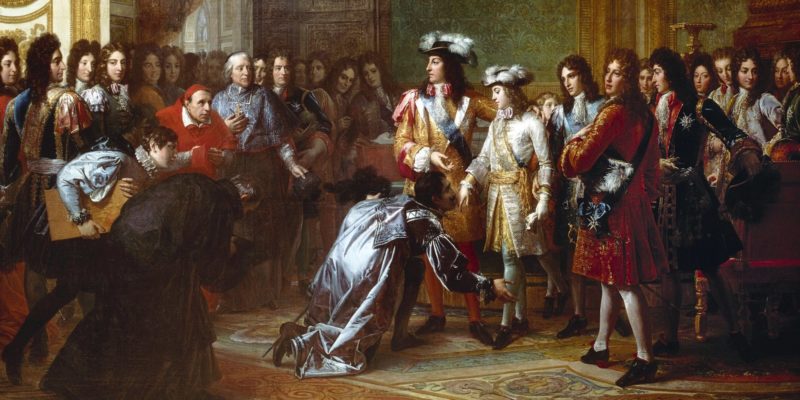
The Spanish Empire had three monarchical dynasties, which were:
- The Trastamara. The reigning dynasty when the Spanish Empire emerged, of Castilian origin, reigned until the death of Juana I "the crazy one" in 1555. The Catholic Monarchs Isabel and Fernando de Trastamara were the initiators of the Empire.
- The Habsburgs. Also known as the Austrias, they reigned in Spain after 1555, until the death of Carlos II in 1700. This period witnessed the rise and then the decline of Spain.
- The Bourbons. Kings of Spain from 1700 to the present. Its first monarch was Felipe V, who ascended to the throne after winning the War of the Spanish Succession (1700-1713). The last (within the imperial period) was Fernando VII, overthrown by the Napoleonic forces that invaded Spain in the 19th century.
Territories conquered by the Spanish Empire
At its peak, towards the end of the 18th century, the territory of the Spanish Empire reached 20 million square kilometers, thus being considered the fifth largest monarchy by extension in all of history. These territories were:
- In America :
- Viceroyalty of New Spain (1535-1821). That included the territories of present-day Mexico and part of the United States: California, New Mexico, Arizona, Texas, Nevada, Florida, Utah, Louisiana, and part of Colorado, Wyoming, Kansas and Oklahoma). Also Alaska and the Yukon territory, as well as the Antilles (Cuba, Dominican Republic, Haiti, Puerto Rico) and the current territories of Guatemala , Nicaragua , El Salvador, Belize, Honduras and Costa Rica.
- The Viceroyalty of Peru (1542-1824). That included the current territories of Peru , Colombia, Argentina , Ecuador , Panama, Chile , Bolivia , Paraguay , Uruguay , The Galápagos, part of Brazil and Venezuela . However, its territory was diminished from the 18th century with the emergence of two new South American viceroyalties.
- The Viceroyalty of New Granada (1739-1819). It controlled the territories of present-day Panama, Colombia, Ecuador, Venezuela, the Galapagos Islands, and northern Brazil and western Guyana. It included Trinidad and Tobago.
- The Viceroyalty of the Río de la Plata (1776-1811). It controlled the current territories of Argentina, Uruguay, Bolivia, Paraguay and part of Brazil. It included the Falkland Islands.
- Island territories in the Caribbean Sea. Such as Antigua and Barbuda, Bahamas, Montserrat, Saint Martin, Anguilla, Bonaire, Grenada, Saint Kitts and Nevis, Curacao, Aruba, Jamaica, Virgin Islands, Martinique, Guadeloupe, Barbados, Bermuda, Saint Bartholomew, Turks and Caicos Islands, Saint Lucia , Cayman Islands and the San Andrés y Providencia archipelago.
- Asia :
- The Captaincy General of the Philippines (1565-1898). It encompassed the Philippines and various "East Indies" territories: Brunei, West Papua, northern Taiwan, parts of Indonesia: Ternate and Tidore; Macao ( China ), Nagasaki ( Japan ), Malacca (Malaysia), parts of India : Goa, Angediva, Dama and Diu; East Timor and Ceylon.
-
- Persian Gulf. The territories of Muscat (Oman) and Qeshm (Iran).
- Africa :
- The Canary Islands, the current territories of Mozambique, Angola, Cape Verde, Somalia, Guinea-Bissau, Tetuan, Casablanca, São Tomé and Príncipe, Cabo Juby, Melilla, Isla de Limacos, Isla de Alboran, Islas Alhucemas, Islas Chafarinas, Ceuta , great extensions of the present Morocco, including the Sahara, Tangier, Cazaza, La Mamora; and territories later ceded to the Ottoman Empire , such as Oran, Algiers, Bejaia, Tunis, Bizerte, Monastir, Susa, Mahdia, La Goleta, among others.
-
- Atlantic archipelagos. The present islands of Azores and Tristán da Cunha.
- Europe :
- Peninsular Spain and the Balearic Islands.
- Portugal and the territories of the Portuguese Empire due to the union of the kingdoms (1580-1640).
- Parts of Italy . The kingdom of Naples, along with Sicily, Sardinia, and Malta, as well as the Duchy of Milan, parts of Tuscany, and the Marquis of Finale.
- Parts of France . Roussillon, Charolais, the French Basque Country, Nice, Livia and Gibraltar (currently Great Britain).
- Oceania :
- Easter Island, the Mariana Islands, the Caroline Islands, the Santa Cruz (Solomon) Islands, Vanuatu, Tahiti and some settlements in New Guinea.
Extractivist economy
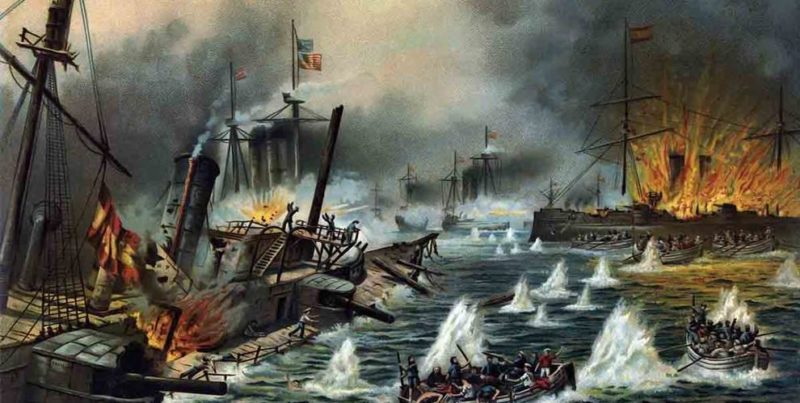 The extractivist model imposed in America worked thanks to the incorporation of slave labor from Africa . This is how the Caribbean region was especially populated, rich in tobacco, sugar cane, coffee , cocoa and other species plantations.
The extractivist model imposed in America worked thanks to the incorporation of slave labor from Africa . This is how the Caribbean region was especially populated, rich in tobacco, sugar cane, coffee , cocoa and other species plantations.The materials obtained, together with the precious minerals from Peru, were sent to Europe. However, the ships that carried them were besieged by piracy and English corsairs. In any case, the worst danger to the imperial economy was its disastrous administration .
Society of the Spanish Empire
The Spanish Empire established a viceregal system that treated its colonies as extensions of the metropolis rather than extractive colonies. This forced to form a colonial society that distinguished its classes on the basis of race.For this reason, the "whites" (Europeans or sons of Europeans) retained the functions of government and administration . The "Indians" (natives of the colonies) were forced into servitude or slavery. The "blacks" (a population brought from Africa and in some cases their descendants) were forced into slavery.
This structure responded to certain bureaucratic and political structures:
- Viceroyalties. Ruled by a Viceroy, they were sub-kingdoms of the peninsula, which reported directly to the metropolis. They were appointed by the King to operate as his representatives.
- Hearings In charge of legal affairs in the colonies, they could replace the viceroys if necessary.
- General captaincies. Subjected to the viceroyalties or audiences, they were political divisions in the hands of a Captain General or Governor, in charge of the military forces and jurisprudence , especially in areas of strategic interest to the crown.
- Cabildos. In charge of fiscal control (budgets, income), crime control and the supply of the people in the colonies, they were administered by the mayors and councilors of each city .
The Conquest of America
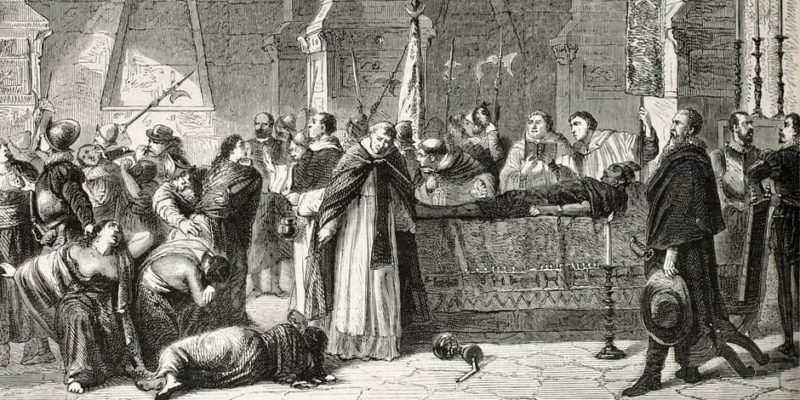 The conquest of America was a long and bloody process. The Spanish Empire faced the Aztec and Inca civilizations , allied with their local enemies who naively believed they could free themselves from the yoke of their neighbors by allying themselves with the European invaders.
The conquest of America was a long and bloody process. The Spanish Empire faced the Aztec and Inca civilizations , allied with their local enemies who naively believed they could free themselves from the yoke of their neighbors by allying themselves with the European invaders.It is estimated that 95% of the original population perished in the first 130 years after the arrival of Columbus. In the first place they were victims of war and then of diseases brought from Europe and Africa. The following generations in many cases did not bear the weight of servitude and mistreatment.
Crisis and decline of the Spanish Empire
The decline of the Spanish Empire began in the 18th century , in a context of global economic crisis that particularly affected Spain. Then it deepened with the War of the Spanish Succession after the death of Carlos II.This war culminated in the Treaty of Ultrecht in 1713, which eliminated the dominion of Spain over some territories of other European countries, such as Italy and the Netherlands. However, this did not affect its American and Asian colonies.
These first signs of weakening were followed by his disastrous participation in the War of the Quadruple Alliance (1717-1720). The consequence of this conflict was that the Empire became a second-rate power.
Fall in the 19th century
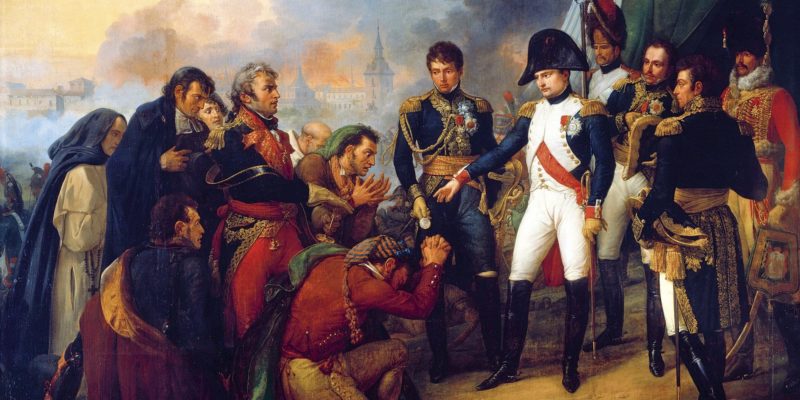 The collapse of the Spanish Empire occurred in the 19th century , after the conquest of Spain by Napoleonic forces. Once Fernando VII was deposed, José Bonaparte was crowned King of Spain.
The collapse of the Spanish Empire occurred in the 19th century , after the conquest of Spain by Napoleonic forces. Once Fernando VII was deposed, José Bonaparte was crowned King of Spain.This news reached the colonial elites who had long been dissatisfied with the commercial laws that the metropolis imposed on them . These forced them, for example, to trade on their own with other countries.
These elites took advantage of the moment to rise up in supposed loyalty to the fallen king and proclaim their independence from Spain. However, the liberation of Spain from Napoleonic rule unleashed a long period of instability and internal conflict.
A huge economic crisis was also added to the political conflicts . The end point of this decline was the Disaster of 98, also known as the Cuban War, in which Spain lost its last American colonies and Oceania to the United States.
Why was the Empire of Spain important?
The Spanish Empire was the first global Empire in history . This means that their occupied territories were not connected to each other by land and were on different continents . It was the first sign of globalization of the time.On the other hand, it was an important Catholic stronghold that ended the Reconquest of the Iberian Peninsula , previously in the hands of the Muslims. Furthermore, he faced the Protestant Reformation on every possible terrain.
What were the consequences of the Spanish Empire?
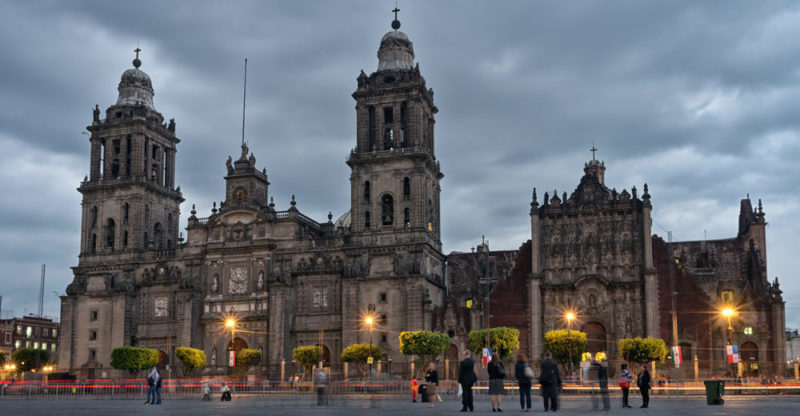 The consequences of the Spanish Empire can be summarized as:
The consequences of the Spanish Empire can be summarized as:
- The expansion of the Spanish language in the world.
- The implantation of the Catholic religion in America and in other continents.
- A huge push into mapping the world and exploring its confines.
- The formation of Latin America and the Caribbean as a cultural entity, and the African contribution of its culture.
- The creation of the great artistic works of the Spanish Golden Age .
- The rise of Great Britain and other nations as major powers.
The above content published at Collaborative Research Group is for informational and educational purposes only and has been developed by referring reliable sources and recommendations from technology experts. We do not have any contact with official entities nor do we intend to replace the information that they emit.
Abubakr Conner brings a diverse skill set to our team, and covers everything from analysis to the culture of food and drink. He Believes: "Education is the most powerful weapon that exists to change the world." .
Leave a reply
Your email address will not be published. Required fields are marked *Recent post

Sport: What Is It, Types, Risks, Features, Characteristics and Examples

Dogs: Emergence, Features, Characteristics, Feeding and Breeds

Story: Definition, Elements, Structure, Features and Characteristics

